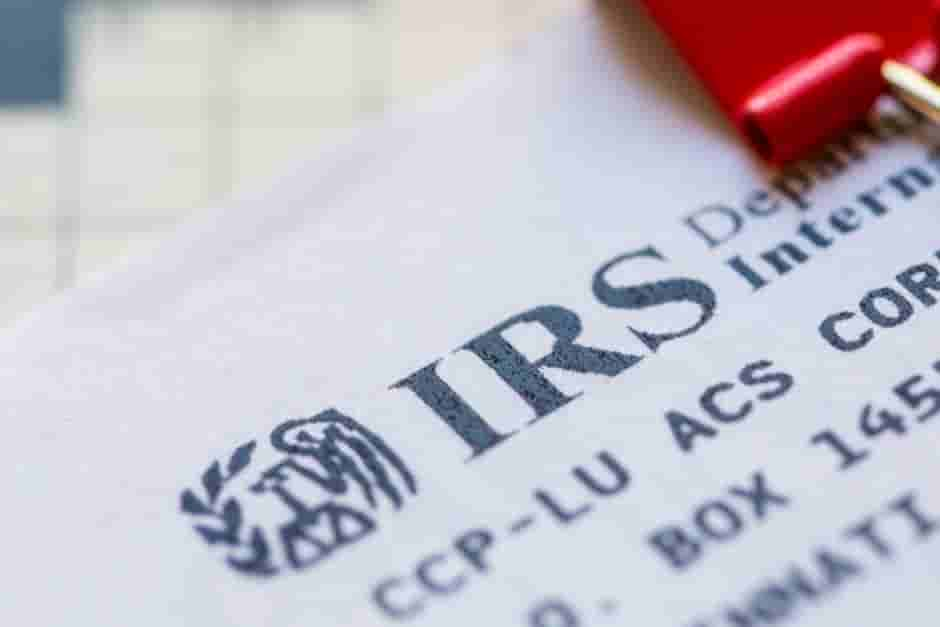There remain a lot of questions regarding advance child tax credit. So in order to help the masses, the Internal Revenue Service (IRS) has collated the most frequently asked questions and their answers for easier access.
Read some of these questions and answers below.
The first question is, what is an advance child tax credit?
It is an early payment from the IRS of 50 percent of the estimated amount families can claim on their 2021 tax return during the 2022 tax filing season. The 50% payment will be received by those eligible from July through December 2021. The following frequently asked question is if anyone needs to do anything to receive the advance Child Tax Credit. The IRS said that there is nothing you need to do. If you are eligible to receive advance Child Tax Credit payments based on your 2020 tax return or 2019 tax return, you generally will receive those payments automatically without needing to take any additional action. However, if you did not file your 2020 or 2019 tax return, you must register for advance child tax credit payments.
If you are also wondering if you can receive advance child tax credit despite not having any income, the IRS answered affirmatively. It said: “Even if you have $0 in income, you can receive advance child tax credit payments if you are eligible.” You are eligible if you have a qualifying child and you have your main home in one of the 50 states or the District of Columbia for more than half the year. Your main home can be any location where you regularly live, like a house, an apartment, a mobile home, a shelter, temporary lodging, or other locations. You do not need a permanent address to receive this payment from the IRS.
For a child to be qualified, they must not turn 18 before Jan. 1, 2022, and need to be a taxpayer’s son, daughter, stepchild, eligible foster child, brother, sister, stepbrother, stepsister, half-brother, half-sister, or descendant of any of them. The qualifying child must also not provide more than one-half of his or her own support during 2021, lives with the taxpayer for more than one-half of the tax year 2021, has properly claimed as the taxpayer’s dependent, does not file a joint return with the individual’s spouse for the tax year 2021 or files it only to claim a refund of withheld income tax or estimated tax paid, and was a U.S. citizen, U.S. national, or U.S. resident alien.

This year, the amount of child tax credit increased from $2,000 to $3600 for children ages five and under at the end of 2021 and $3600 for children ages six through 17 at the end of 2021.


